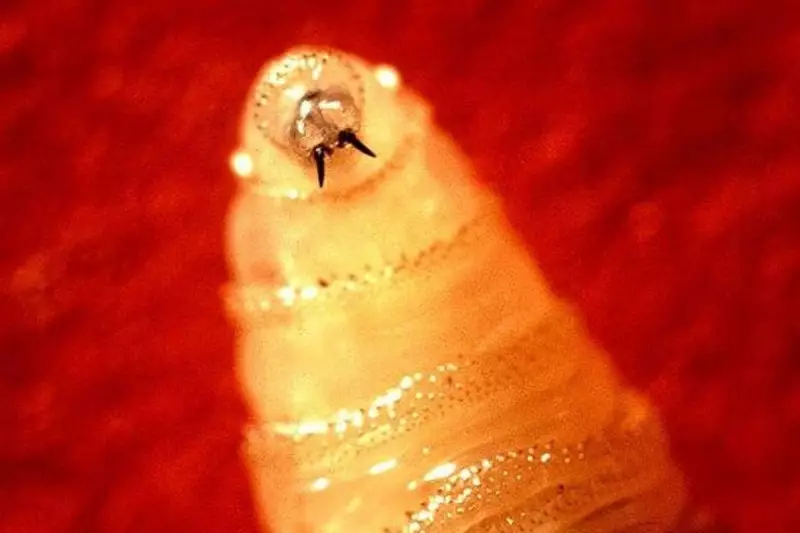
Health officials in the United States are on high alert after confirming the first known fatal human case of a nightmarish parasitic infection: the New World screwworm. This marks a grim return for the flesh-eating maggot, a pest not seen in the US for over half a century.
The Centers for Disease Control and Prevention (CDC) reported the tragic case of a Florida man who succumbed to the infection. The parasite, known scientifically as Cochliomyia hominivorax, is uniquely gruesome. Unlike common maggots that consume dead tissue, the screwworm larva actively burrows into and devours healthy, living flesh.
A Gruesome and Unseen Threat
The infection typically begins when a female screwworm fly lays its eggs in open wounds or mucous membranes. Upon hatching, the larvae tunnel deep into the surrounding tissue, causing immense damage and leading to severe complications.
Symptoms of a screwworm infestation are horrifyingly distinct:
- Intense, localized pain at the wound site
- The sensation of something crawling or moving under the skin
- Pus-filled, bloody discharge from the lesion
- Visible, worm-like maggots within the wound
Eradicated, But Now Returning?
The US had previously declared itself free of the New World screwworm in 1966 following an extensive and successful eradication programme. This involved releasing millions of sterilised male flies to break the breeding cycle. This recent case raises alarming questions about a potential re-establishment of the species.
While the risk to the general public is currently considered low, the CDC urges medical professionals to be vigilant. The infection is treatable with aggressive wound care and specific antiparasitic medications, but early detection is critical to prevent disfigurement or death.
Authorities are investigating how the patient contracted the parasite. The case serves as a stark reminder of the persistent threat posed by vector-borne diseases and the importance of robust public health monitoring.





